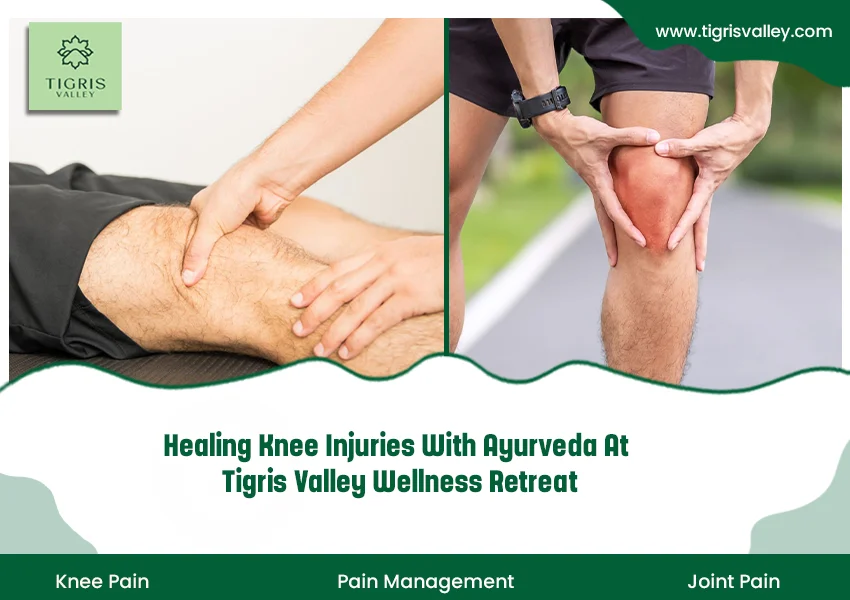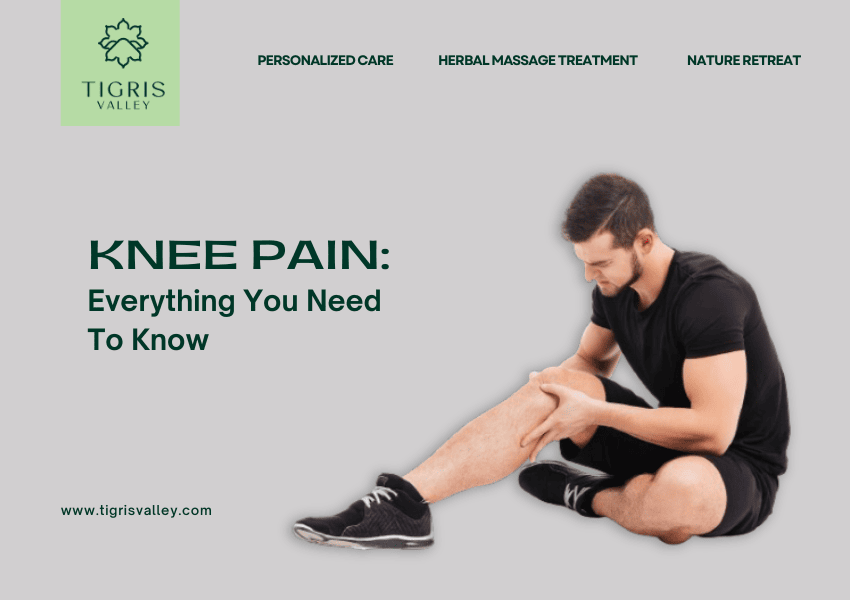
Healing Knee Injuries with Ayurveda at Tigris Valley Wellness Retreat
Healing Knee Injuries with Ayurveda at Tigris Valley Wellness Retreat The knee, one of the most complex and heavily used joints in the body, is subject to a variety of…












